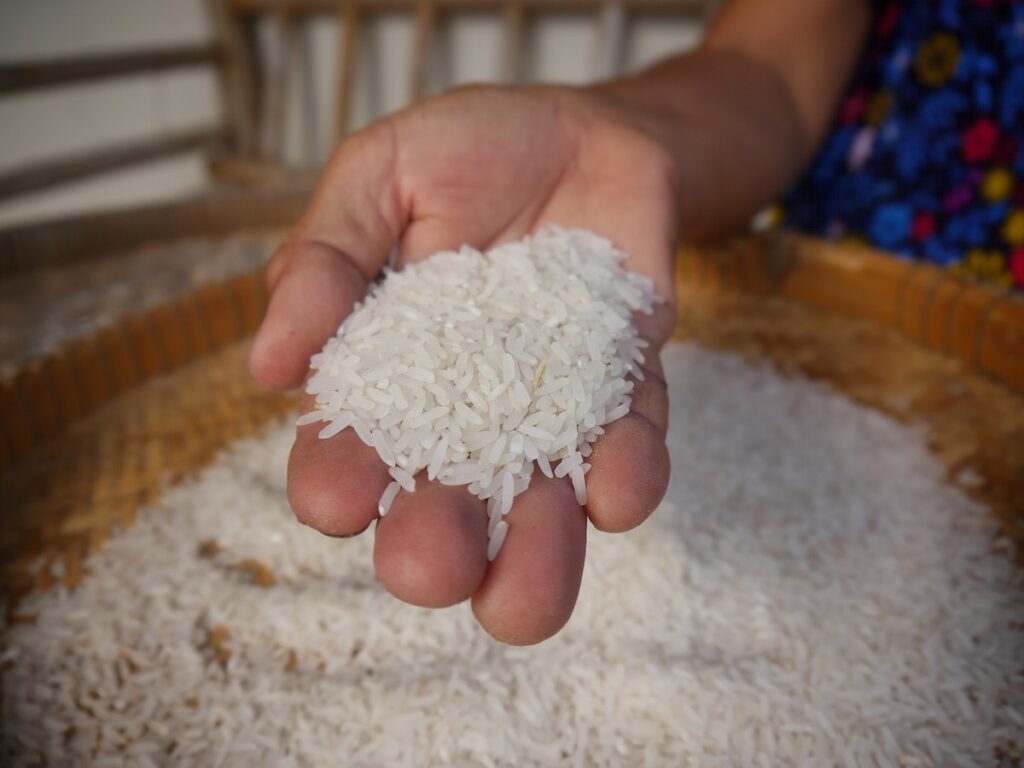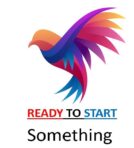
Introduction
Introduction: In a world where access to basic necessities is paramount, a ration card stands as a crucial document, ensuring that every citizen has the means to put food on the table. This blog aims to guide you through the process of applying for a ration card, making a seemingly bureaucratic task more human-friendly and unique.
Table of Contents
Understanding the Importance: Before delving into the application process, let’s grasp the significance of a ration card. It’s not just a piece of paper; it’s a lifeline for many, ensuring equitable access to essential commodities. The card is not just about receiving subsidized food; it’s about promoting food security and empowering individuals and families.
Human-Friendly Approach:
Simplify the Jargon: The first hurdle in any bureaucratic process is the complex language. To make it more human-friendly, we’ll break down the jargon. Instead of “Applicant Information Form,” we’ll call it the “Your Details” section. Let’s create a user-friendly atmosphere by using everyday language.
Visual Guides: A picture is worth a thousand words. Including infographics or flowcharts can significantly simplify the process. Visual aids make it easier for applicants to understand each step, reducing confusion and frustration.
Online Assistance: Recognizing that not everyone is tech-savvy, provide step-by-step online assistance. Create video tutorials or interactive guides to walk applicants through the process. This approach ensures that individuals with varying levels of digital literacy can access the help they need.
Storytelling: Integrate personal stories to humanize the process. Share testimonials from individuals who have benefited from the ration card system. This not only adds a personal touch but also motivates others to complete the application, knowing the positive impact it can have on their lives.
Unique Aspects of Ration Card Application:
Community Engagement: Turn the application process into a community affair. Organize local events or workshops where people can come together to fill out their forms. This not only fosters a sense of belonging but also allows for mutual support and shared experiences.
Customized Support: Recognize that each applicant’s situation is unique. Create avenues for personalized assistance, whether through helplines, community centers, or local government offices. This ensures that everyone, regardless of their circumstances, can receive the support they need.
Incentive Programs: Consider introducing incentive programs for timely and accurate applications. This could include small rewards or recognition for individuals or communities that actively participate in the application process. Incentives create a positive atmosphere and motivate more people to get involved.
Conclusion:
Applying for a ration card is not just about paperwork; it’s about ensuring that no one goes to bed hungry. By adopting a human-friendly approach and incorporating unique elements into the process, we can transform a seemingly bureaucratic task into a community-building initiative that fosters a sense of belonging and shared responsibility. Together, we can make the journey to food security a more inclusive and empowering experience for all.
FAQs:
Q1: Why is a ration card important, and how does it contribute to food security?
A1: A ration card is a vital document that goes beyond being a simple identification. Its primary purpose is to ensure that every citizen has access to essential commodities at subsidized rates. By promoting food security, a ration card becomes a powerful tool in safeguarding the well-being of individuals and families, making sure that no one is left without the means to put food on their table.
Q2: What steps can be taken to simplify the often complex language associated with the ration card application process?
A2: The key to making the application process more human-friendly is to simplify the jargon. Instead of using bureaucratic terms, opt for everyday language. For instance, replace “Applicant Information Form” with “Your Details.” By making the language more accessible, individuals are more likely to understand and navigate the process with ease.
Q3: How can visual guides enhance the understanding of the ration card application process?
A3: Visual guides, such as infographics or flowcharts, play a crucial role in simplifying complex processes. These aids provide a step-by-step visual representation of the application process, making it easier for applicants to follow along. Visuals reduce confusion and frustration, ensuring that individuals from various backgrounds and levels of literacy can comprehend the steps involved.
Q4: In what ways can storytelling be integrated into the ration card application process to make it more relatable?
A4: Storytelling humanizes the application process by sharing real-life experiences. Including personal stories and testimonials from individuals who have benefited from the ration card system adds a relatable touch. These narratives not only connect with applicants on a personal level but also inspire and motivate them to complete the application, understanding the positive impact it can have on their lives.
Q5: How can community engagement be leveraged to enhance the ration card application experience?
A5: Transforming the application process into a community affair is a powerful approach. Organizing local events or workshops where people can come together to fill out their forms fosters a sense of belonging. This communal support not only makes the process more enjoyable but also allows individuals to share experiences, providing mutual assistance and encouragement.
Q6: What role do incentive programs play in encouraging individuals to actively participate in the ration card application process?
A6: Incentive programs are effective motivators for timely and accurate applications. Small rewards or recognition for individuals or communities that actively participate in the application process create a positive atmosphere. Incentives not only acknowledge the efforts of applicants but also encourage more people to get involved, making the journey to food security a collectively rewarding experience.
About us :
Name – VIJAY BANJARA
Titel – READY TO START SOMETHING ( FESTIVEL , FOOD AND FANTASTIC PLACE AND NEWS )
Blog Name – readytostartsomething.com
Email Address – iam@readytostartsomething.com
Phone Number – +91 9106397148
Social Media Handles
YOUTUBE CHANNEL -@readytostartsomething
INSTAGRAM -@readytostartsomething
FACEBOOK -@readytostartsomething
TWITTER – @iamready2start
